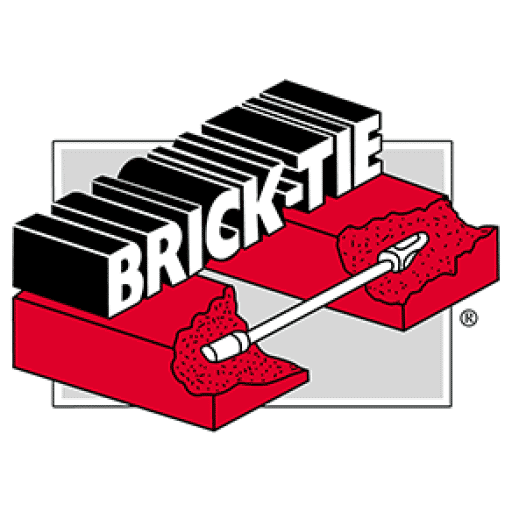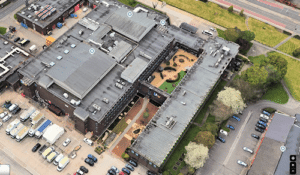Technical jargon like Lateral Restraint and Strapping can confuse our clients. Our managing Director has written this short guide:
Lateral Restraint
I suppose, the term lateral restraint could literally be defined as ‘sideways support’. Walls are basically vertical membranes. This analogy applies to stone, brick or timber walls; cavity walls or solid walls. In structural terms, the higher a wall is, in relation to its thickness, the more slender it is. We all know that tall slender walls will tend to sway in the wind. It is why garden walls often have thicker columns built into them every few meters along – they thicken and stiffen the wall and in effect, reduce the ‘slenderness’. There’s a simple sketch below (sorry my hand writing is terrible) which demonstrates the slenderness ratio.
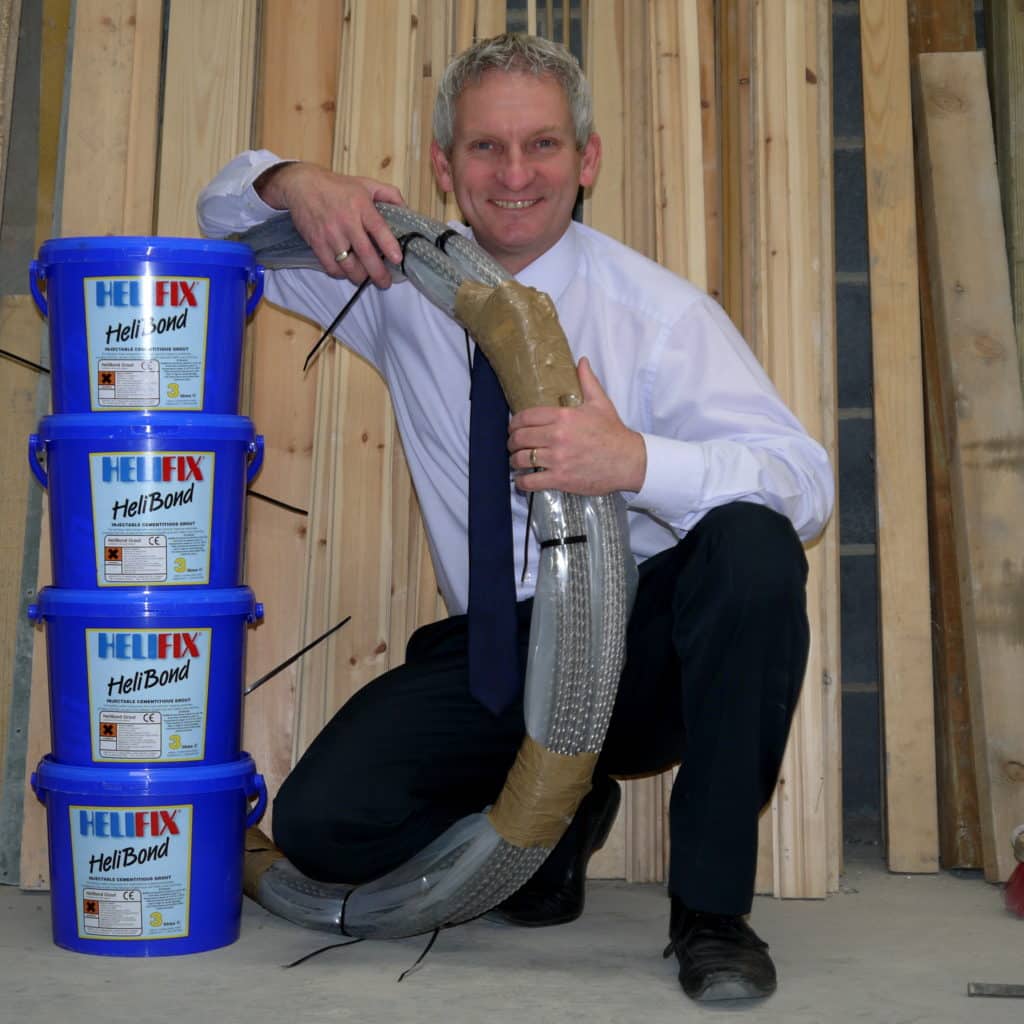
In centuries past castle builders got over this by having walls which were many feet thick at the base, becoming thinner with height. Nowadays this isn’t needed because sideways support; holding the slender wall against a tendency to lean outward, is provided as homes are built. This is what lateral restraint is and does.
Large gable walls in particular are subject to high wind loadings. These push and pull at the wall, depending on the wind speed and direction. Pushing a wall towards a house tends to mobilise support. The wall is against the inner walls, floors, ceiling and roof. However, when the wind is rushing alongside a wall the pressure is negative. The wall is ‘pulled’ sideways and outward by this. This is where ‘sideways support’ or lateral restraint is required.
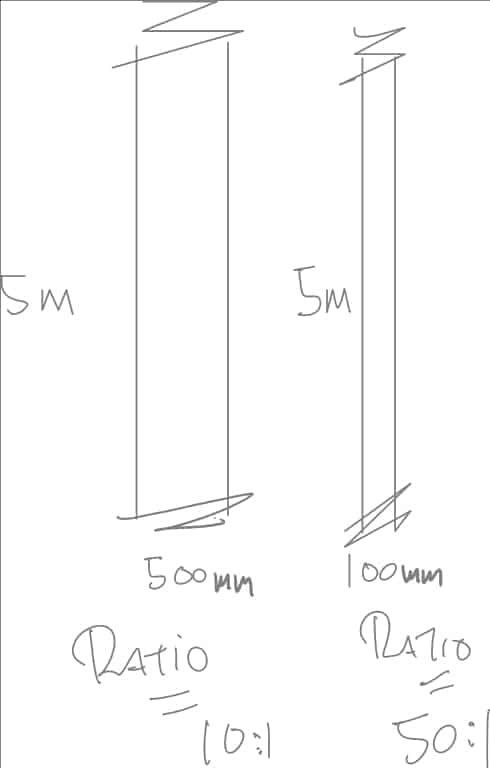
As I mentioned above, lateral restraint is built-in these days. In old houses it if often missing or inadequate. Let’s take an average semi-detached house built in the 1930’s. It may well have no dedicated lateral restraint at all. That said, most houses of that age do not have leaning or bulging walls so how important can lateral restraint be?
Lateral restraint lottery
Why is it then that your house and not the one opposite has a bulge in the wall? There are lots of small factors which can combine to allow a wall to bulge. These can be divided into two main areas:
- The loads on a wall and
- Construction details
Loads on walls can vary a great deal depending on the location of the home and it’s position relative to wind direction. Higher ground and Westerly or Northerly areas generally have higher wind speeds. This ramps up wind loads. Proximity to adjacent houses or structures can also result in higher localised wind speed. Take two walls opposite each other, with a gap under 6M. Wind has to speed up through this small gap, so whilst the general wind speed may be reasonable, that in the ‘wind tunnel’ between the walls, may be much higher. Traffic vibration and even vibration from local demolition or foundation work can also be a driver of movement. Good lateral restraint will resist this sort of movement.
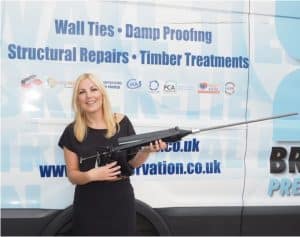
Construction Details
Lateral restraint is provided by more than dedicated straps and ties. Vertical loads down through the wall, imposed by the roof and internal floors plays a positive role. Even the friction between the sides of floor joists in a wall and the masonry can help reduce sideways movement. So walls which have floor joists bearing into them at upper floor level will benefit from increased lateral restraint.
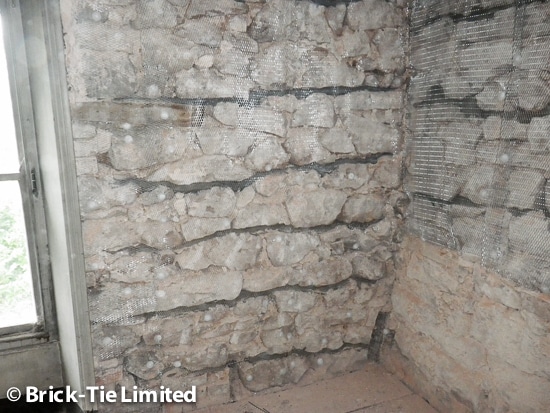
Internal cross walls which divide rooms may also intersect the wall. If these are ‘bonded’ into the wall this will provide lateral restraint. Natural in-built support is often enough. It is only when it is missing, or when wind loadings and vibrations are excessive, that these houses come to grief. This is why apparently similar houses in the same locality may perform differently. It is why homeowners sometimes feel they have been very unlucky, when their house has a leaning wall and the neighbors apparently identical house doesn’t.
Read on for more detail or why not visit our contact page or, call our friendly team for advice or a no-obligation lateral restraint survey. Our local numbers include Leeds 0113 232 8433 Sheffield 0114 224 5121 or York 01905 566577
Dedicated Wall Strapping and Wall Ties
Specialist lateral restraints or strapping is the answer when wind loading is high or, if natural restraint is missing (joist running parallel to the wall for example). All modern buildings have dedicated ties to do this (though they are sometimes missing or not installed properly). Brick-Tie’s Helifix lateral restraint systems and more traditional strapping can be retro-fitted to properties which lack support.
Doing this requires skill, including knowledge of fixing technology and construction details. There really is no simple solution, which works on all homes. Each and every bulging or bowing wall must be assessed to select the appropriate lateral restraint method.
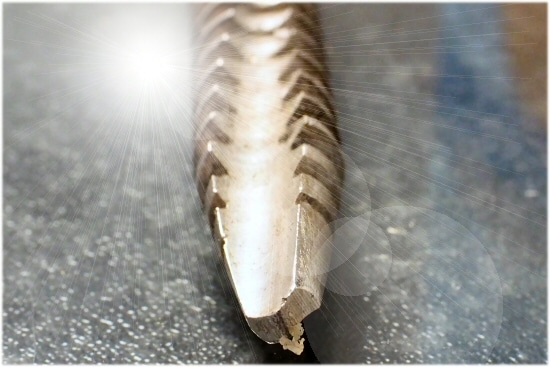
Sometimes the lateral restraint work will need to be combined with remedial wall tie installation, pointing or masonry reinforcement. My trained surveyors ensure that the repair method supports the wall properly; keeping disruption to a minimum. Helifix BowTies and SockFix ties are the best choice for a range of construction details, including rubble filled walls, cavity and solid brickwork.
Another reliable lateral restraint method is tying internal cross walls to external walls. In many cases internal disruption to plasterwork and decor can be avoided. Long Helifix SockFix or CemTie ties can usually be installed with precision drilling from outside a house, directly into the required dividing walls. The holes can be as small as 12mm in diameter and are easily hidden. It takes care and great skill. I’m fortunate in employing a team of technicians who have many years experience.
Sometimes cracking extends well away from the external wall, in which case internal work is unavoidable. In most cases Helifix helibar crack-stitches, linked to lateral restraint in the outside masonry is the answer. We work carefully to match-in patched plaster, leaving walls structurally sound and ready for decoration.
Guaranteed lateral restraint repairs
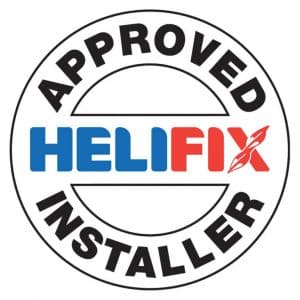
Most mortgage lenders and home buyers insist on guarantees. The hidden nature of the work and the importance of a secure and credible repair rules out DIY methods and it is beyond the experience of most general builders. This is important because we have found that almost 1 in 10 lateral restraint jobs we do, have been done incorrectly by others in the past. There’s nothing much sadder than a client having to pay for work to be done again, but it does happen. Had these clients being recommended to a Helifix Approved Installer the work would have been done correctly in the first place. Then, even if it were defective the insurance would have paid for the repairs. If a general builder wants to have a go this is fine of course, but I’d always ask an independent structural engineer to supervise and then certify the work.
I hope the above covers the basics. If you would like more detailed information visit our contact page or, call our friendly team for advice or a no-obligation lateral restraint survey. Our local numbers include Leeds 0113 232 8433 Sheffield 0114 224 5121 or York 01905 566577
